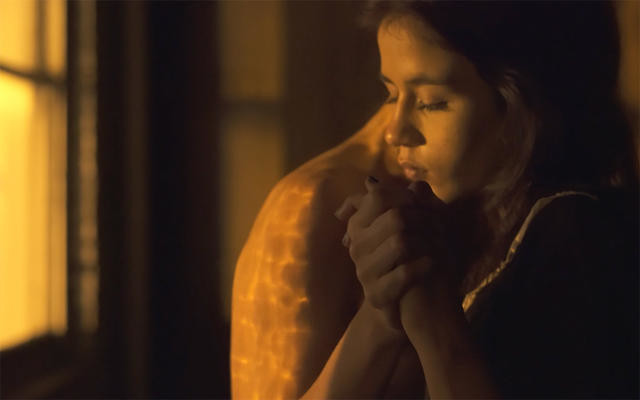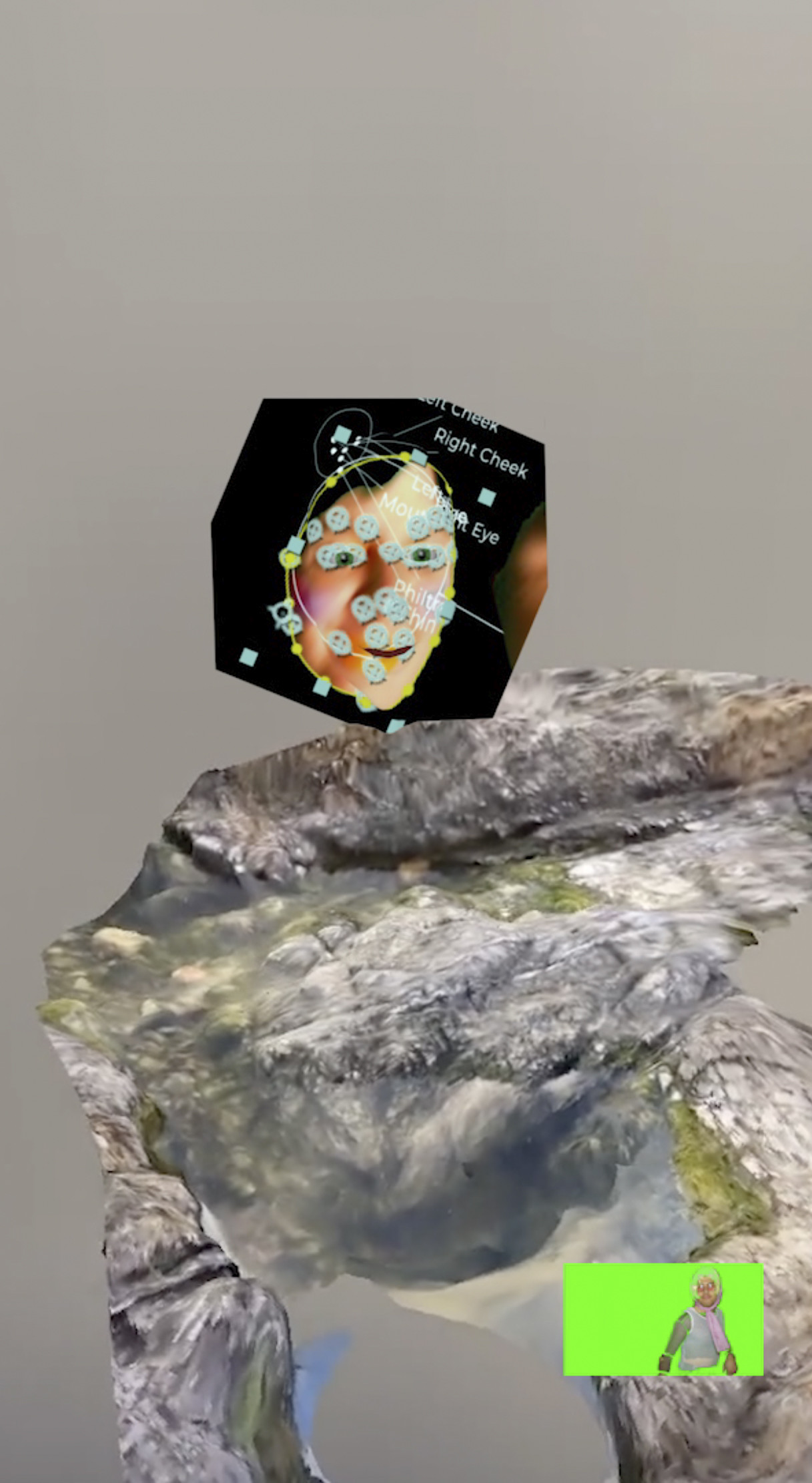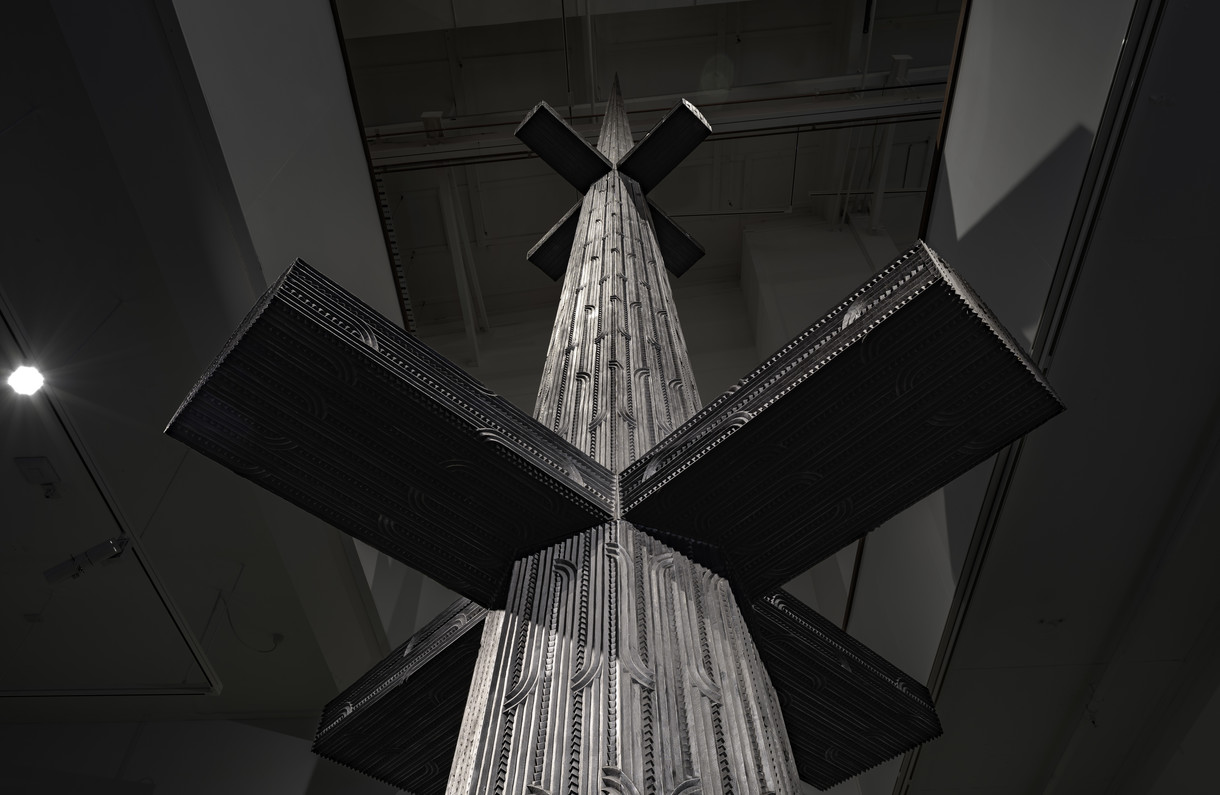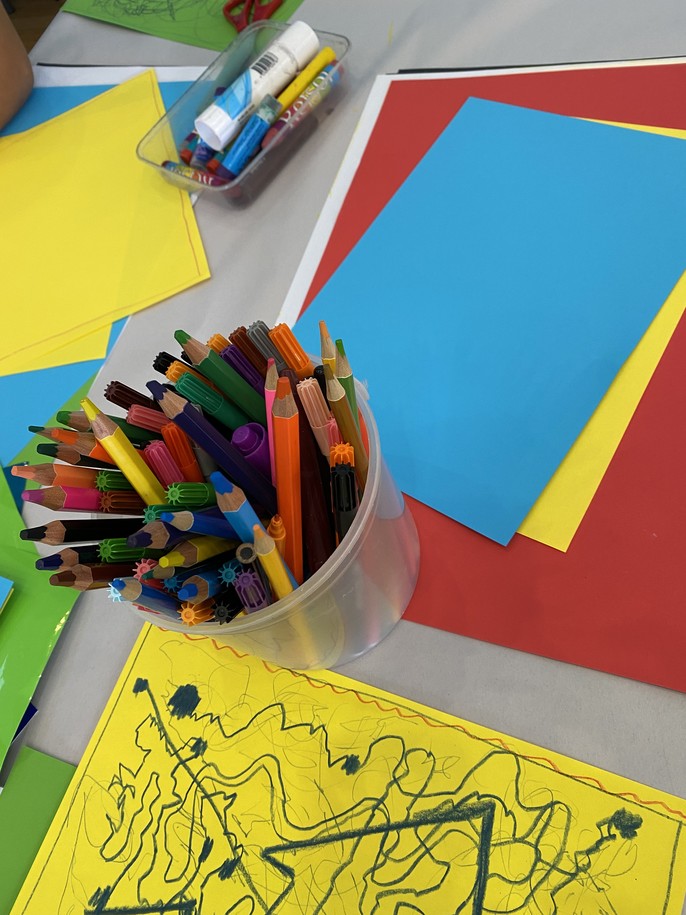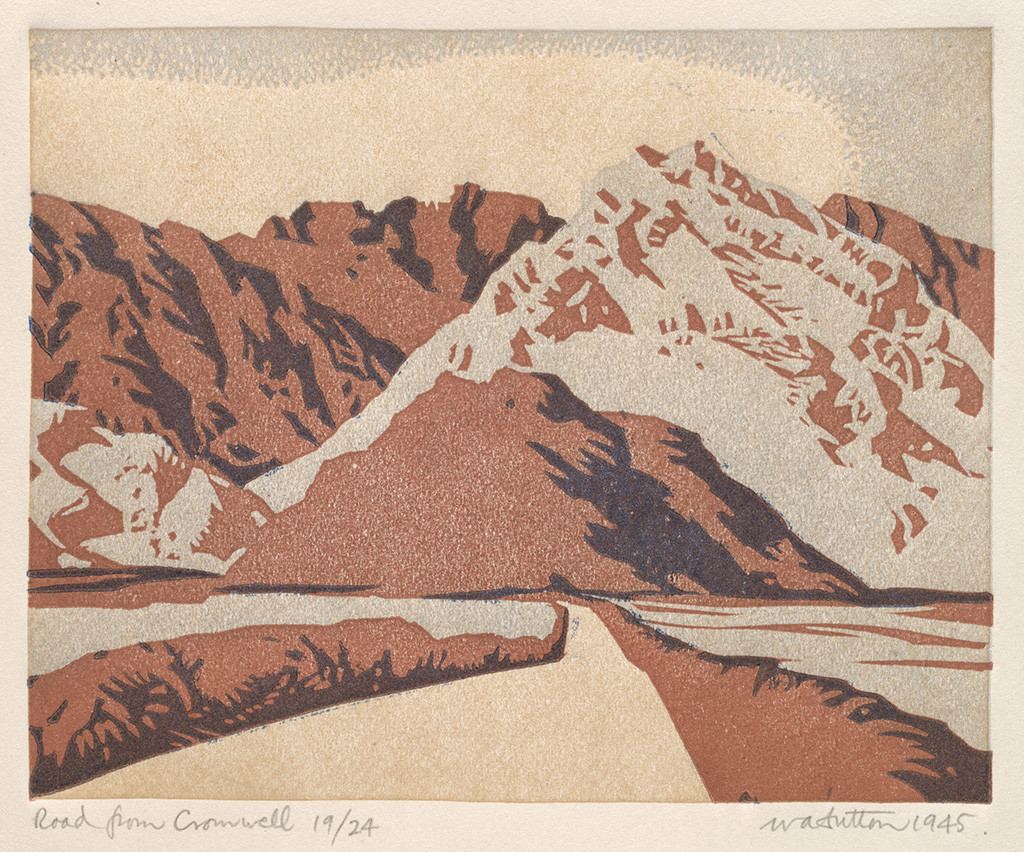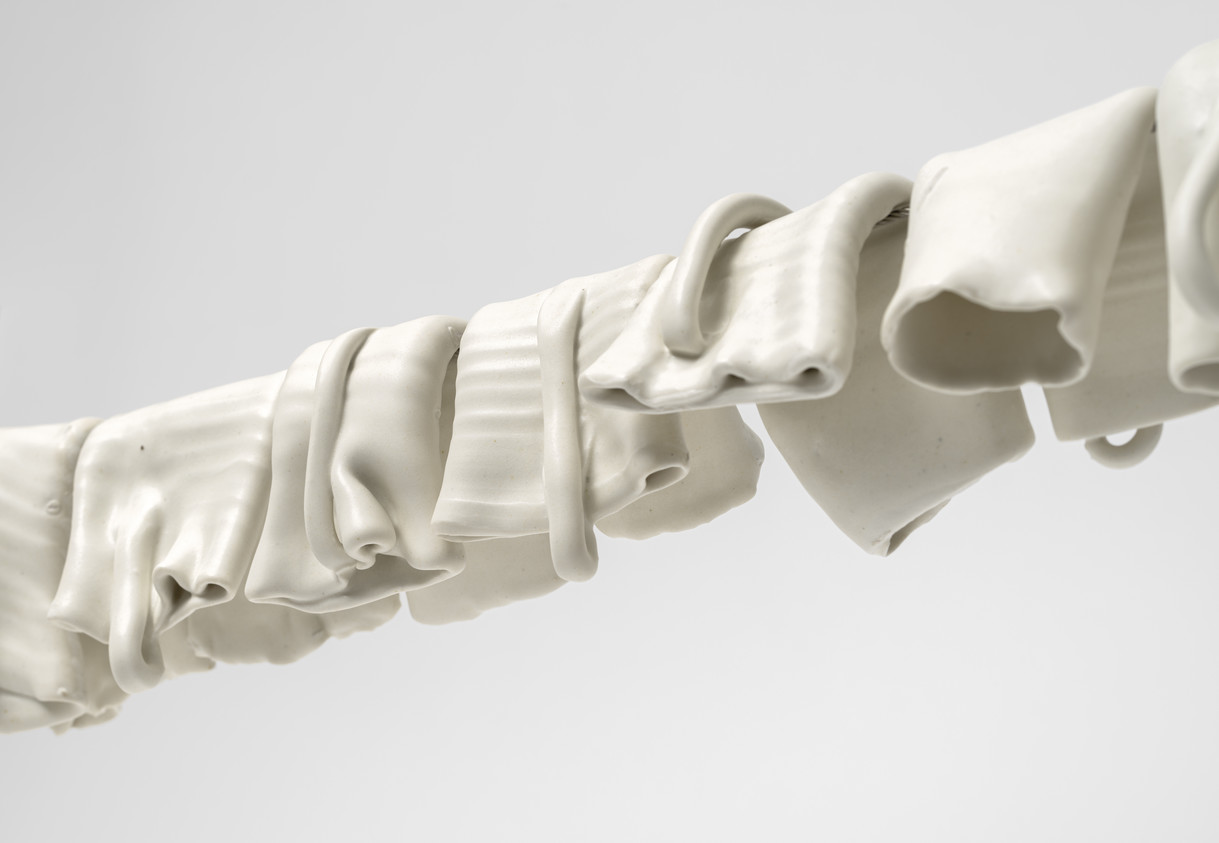Whakaaturaka
Exhibitions
Taiopeka
Events
E Whakaaturia ana Ināianei
On display
John Stezaker: Lost World
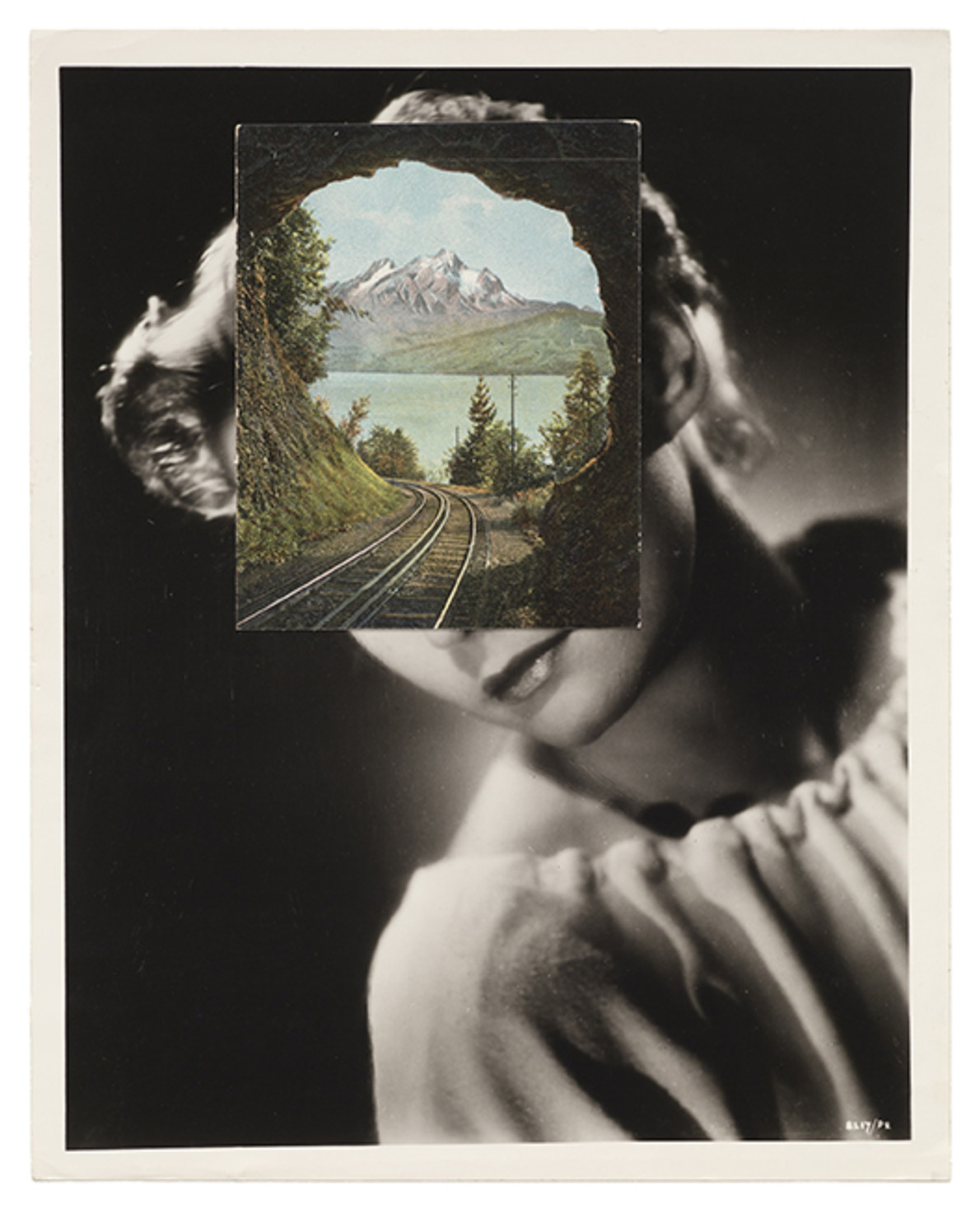
John Stezaker Mask (Film Portrait Collage) CCVII 2016. Courtesy The Approach, London
Talk
Past event
Philip Carter Family Auditorium
Free
British artist John Stezaker (whose exhibition Lost World opens at City Gallery Wellington on 26 August) talks about his work.
John Stezaker is famous for his distinctive, often deceptively simple, collages. Stezaker has been making art since the 1970s. In 2011, he had a retrospective at the Whitechapel Gallery, London, and, in 2012, he won the Deutsche Börse Photography Foundation Prize, even though he does not take photographs.
Stezaker says collage is about ‘stuff that has lost its immediate relationship with the world’ and involves ‘a yearning for a lost world’. He is a collector. He works from an archive of out-of-date images—mostly old film stills, vintage actor head shots, and antique postcards. These images come in standard sizes and are highly conventionalised—all variations on themes. As the British critic David Campany says, Stezaker ‘is drawn to that very slim space between convention and idiosyncrasy.’
Collage involves taking existing images and materials, decontextualising them, reorienting them, cutting them, pasting them. But Stezaker’s collages often only do one or two of these things. Sometimes he cuts and pastes, sometimes just cuts or just pastes. Indeed, sometimes he just selects, presenting a found image more or less as is. (He calls such ‘collages’ readymades in a nod to Marcel Duchamp.) Highlighting the different contributions these distinct processes can make, Stezaker foregrounds the grammar and logic of collage.
In this age of Photoshop (which makes melding images a breeze) Stezaker prefers to make collages the old way, working with his source materials as is, exploiting the ways they fit and don’t fit together. In his Masks, he lays scenic postcards on top of head shots so that the forms line up, uncannily—we want to read them as one. He makes rock faces, wave faces, arched bridge faces, and buildings-with-windows faces. In his Marriages and Betrayals, he grafts head shots together, creating more-or-less convincing gender-and genre-blending hybrids. Faces wear other faces as masks.
Stezaker conjures with seeing and blindness, the visible and invisible, presence and absence. He slices strips off film stills, recalibrating and reorienting the drama. Sometimes he cuts out shapes from stills, paradoxically directing our attention to what has been removed. In some works, he cuts the figures out of stills and lays these stills over other stills where the figures remain, catching figures and figure-shaped absences in a dance.

